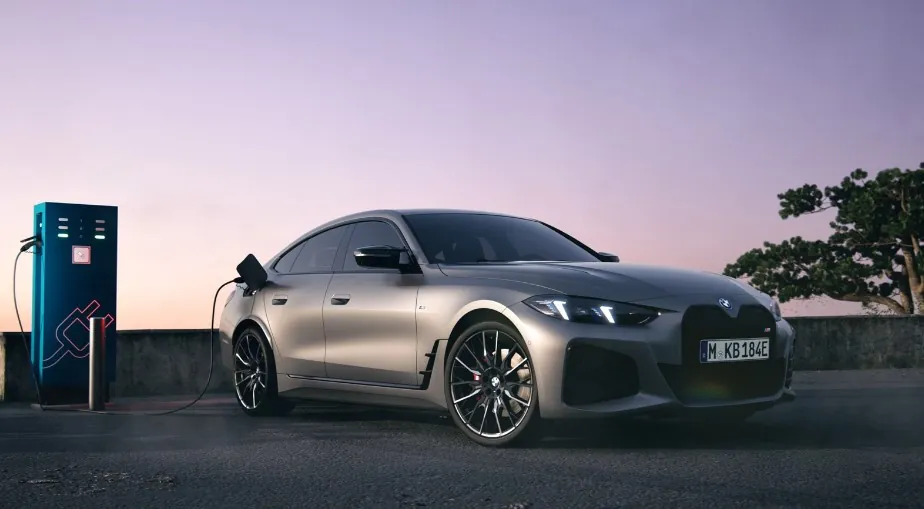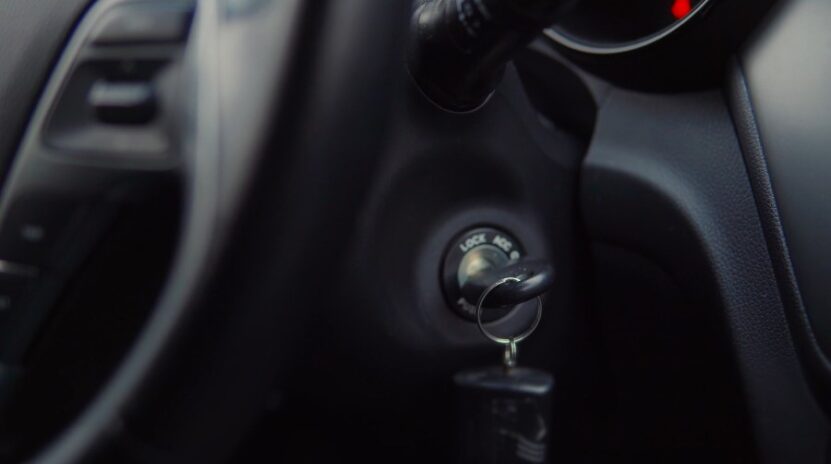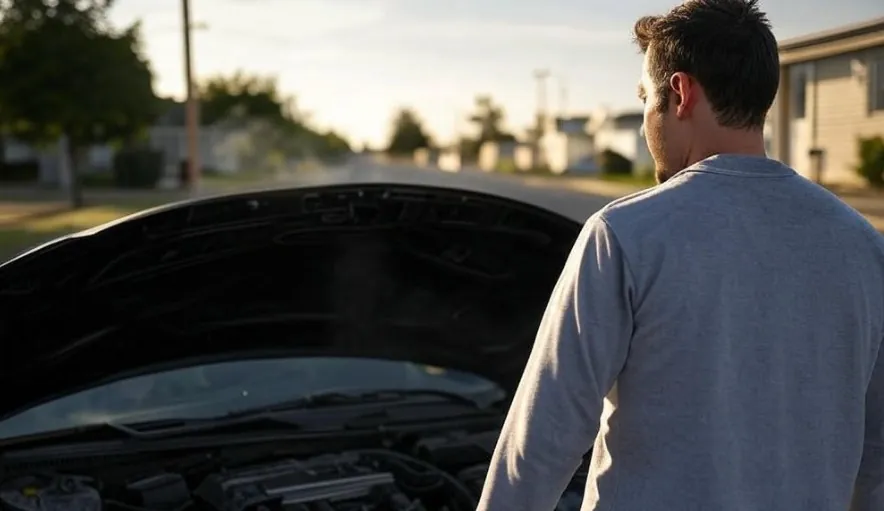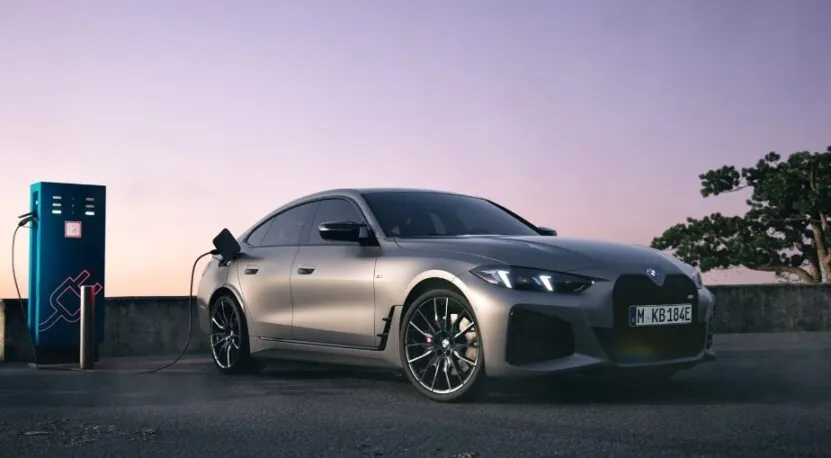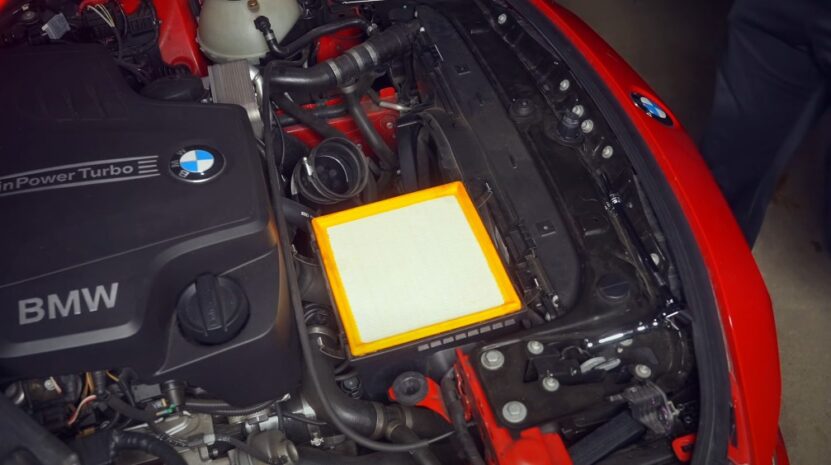
Share Post:
Alright, let’s talk about something that comes up a lot in the shop—BMW tuning. ECU tuning especially. I’ve worked on my fair share of Beemers, and let me tell you, tuning can be a fun thing… or a real headache if done carelessly.
Now, I get the appeal. That extra kick when you hit the gas, quicker throttle response, maybe even a better sound coming from under the hood—it’s addictive. But I’ve also seen what happens when people get a little too tune-happy without thinking about long-term engine health.
So if you’re thinking about tuning your BMW, here’s what you really need to know from someone who’s been elbow-deep in these engines for years.
Table of Contents
ToggleAn Overview of ECU Tweaks
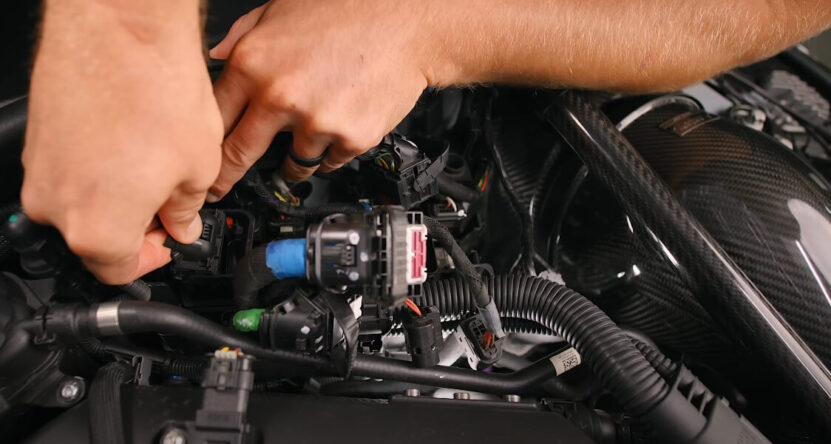
For those new to the term, an ECU (Engine Control Unit) is basically the brain of a modern car’s engine. BMW models rely on software instructions to regulate fuel injection, timing, boost pressure, and a host of other parameters.
People who specialize in tuning alter the default map to squeeze out more horsepower and torque. Drivers often report a livelier throttle response that makes the car feel more engaging on the road.
From a mechanic’s perspective, software changes are fascinating because they can turn a tame ride into a beast. At the same time, they can also push mechanical components beyond what engineers originally intended.
The difference might be subtle at first, yet wear and tear can catch up over time if the tune is too extreme or if supporting parts are not up to par.
Factors That Affect Engine Health
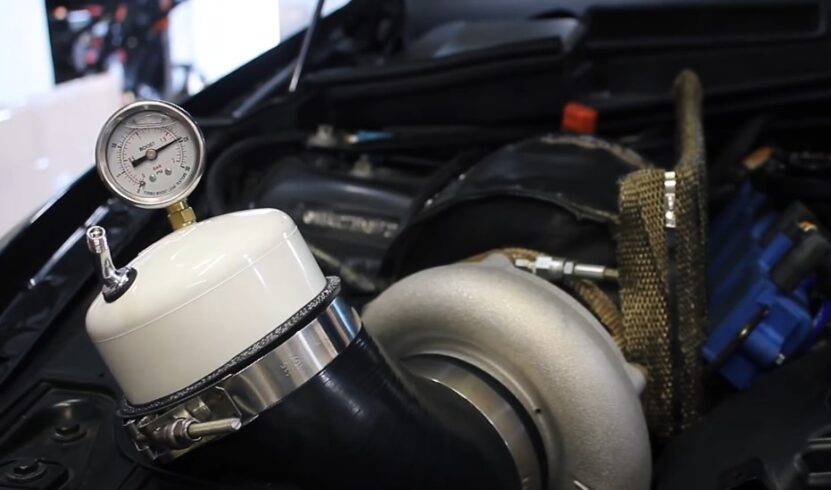
1. Boost Pressure
Turbocharged BMWs rely on forced induction to create extra power. A tuning setup might push boost pressure above factory settings. More boost leads to more air, which typically leads to more power, but there’s also greater stress on pistons, rings, and bearings.
People who love that extra shove in the seat should be aware of increased strain on critical moving parts.
2. Heat Generation
As power output increases, heat management becomes more crucial. Higher cylinder pressures and faster combustion can cause elevated exhaust gas temperatures.
If the cooling system remains stock, the engine might operate beyond ideal temperature ranges, leading to premature wear or, in extreme cases, catastrophic failure.
3. Fuel and Air Delivery
Altering the fuel maps can improve horsepower, but it requires precise balancing. Lean conditions (too little fuel) risk engine knock, while overly rich conditions (too much fuel) can wash down cylinder walls. Either way, incorrect fueling will chip away at long-term reliability.
4. Factory Tolerances
Every vehicle rolls off the production line with a particular calibration that balances performance, efficiency, and longevity. A tune shifts that balance.
Pushing components beyond stock tolerance levels without matching upgrades can lead to accelerated wear, sensor issues, or even repeated check engine lights.
Potential Benefits

More Power and Torque
A major reason to alter ECU maps is the search for a bigger adrenaline rush when the pedal goes down. Many BMW engines, especially those with turbochargers, have hidden potential that can be tapped into with the right approach.
Sharper Throttle Response
A well-designed tune can eliminate that frustrating lag when stepping on the gas. Owners often describe the immediate surge of acceleration as a game-changer that transforms daily driving into an exciting experience.
Possible Fuel Economy Gains
Some drivers see moderate improvements in fuel consumption, mainly because a custom map can optimize air-fuel ratios. However, that advantage largely depends on driving style. People who love to floor it will burn more fuel no matter what.
Personalization
Enthusiasts love the idea of tailoring performance to personal taste. Some want a more aggressive response, while others prefer a bit more refinement. A custom tune gives a sense of ownership and uniqueness not found in standard factory cars.
Potential Pitfalls
Extra Strain on Internal Components
More boost and more power inevitably place parts under higher stress. Think of it like lifting heavier weights at the gym: good gains at first, but an increased risk of injury if you push too hard without proper support.
Heat-Related Problems
With additional horsepower, heat soars. Inadequate intercooling, weak radiator capacity, or insufficient oil cooling can spell trouble. Engines need robust cooling systems to dissipate the extra heat generated by aggressive tunes.
Warranty Issues
Manufacturers generally frown upon unauthorized software tweaks. In most cases, the factory warranty becomes void once a tune is detected. That means any engine repairs could come out of pocket.
Emissions and Legal Hurdles
Some regions have strict rules about altering emission-related software. A tuned BMW might not pass official tests, leading to fines or legal complications. It’s smart to check local regulations before making changes.
Reduced Reliability
Achieving a massive power spike often goes hand in hand with increased wear. If a balanced life cycle matters, it’s wise to be conservative. Heavy-handed tweaks that push boundaries could mean frequent visits to the workshop.
Best Practices for a Safe Experience
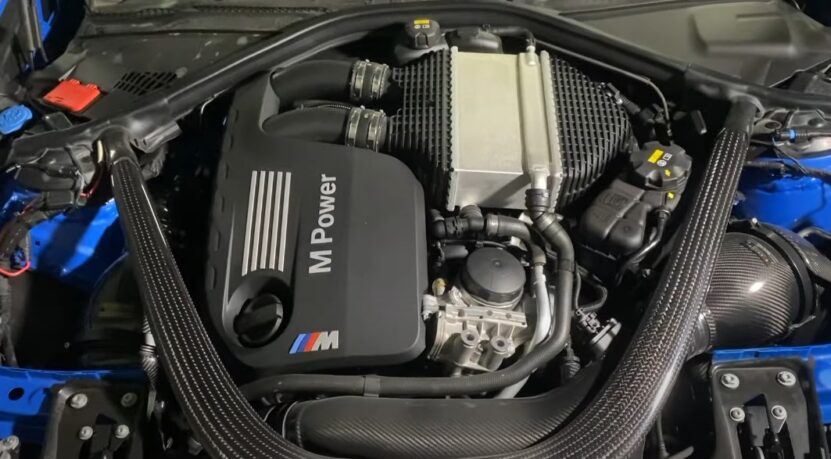
1. Research the Right Tuner
Not all workshops or online tuners follow the same standards. It’s important to pick a specialist known for working on BMW engines, such as Racebox. Great signs include:
- Dyno Testing: A reputable tuner will run cars on a dyno and record data.
- Positive Feedback: Check reviews from other BMW owners.
- Transparent Communication: The best tuners walk clients through changes, recommended hardware, and potential risks.
2. Pick Quality Parts
Sometimes a tune is paired with hardware upgrades like upgraded intercoolers, air intakes, or performance exhaust systems. Skipping corners on parts is a recipe for headaches. High-quality equipment often comes with better fitment and improved durability.
3. Keep an Eye on Engine Parameters
A responsible approach involves monitoring vital signs. Gauges and data-logging software can track air-fuel ratios, boost pressure, and coolant/oil temperatures.
Early detection of anomalies can prevent major breakdowns down the road. Serious enthusiasts might install an aftermarket gauge cluster to keep a real-time eye on everything.
4. Stick to a Strict Maintenance Schedule
Oil changes, spark plugs, and coolant flushes become even more critical in a tuned BMW. Clean oil with the correct viscosity helps the engine handle extra stress.
Fresh spark plugs reduce misfires. Proper coolant and cooling checks help keep temperatures in line. Also, make sure your engine is clean.
5. Consider a Mild Tune
Some owners only want a modest bump in performance and a slightly sharper throttle. It’s perfectly fine to opt for a conservative software remap that doesn’t push hardware to its limits. Reliability often remains close to stock with a subtle tune.
Common Tuning Stages
@southtuningz Here’s the horsepower each stage on the X3M makes. #bmw #x3m #stage2 #modifiedcars #tuning ♬ original sound – Southtuningz
- Stage 1: Software modifications without major hardware changes. Often labeled as the safest route for those seeking mild gains. Typical improvements include a slight increase in power and a more responsive feel behind the wheel.
- Stage 2: At this level, one might add a freer-flowing intake or upgraded exhaust components. The tuner might crank up boost pressure a bit more. Power gains are larger, but there’s also a bump in engine stress that demands better maintenance and possibly stronger cooling solutions.
- Stage 3 and Beyond: Serious gearheads jump here. Turbo upgrades, larger fuel injectors, and high-performance intercoolers come into play. Cars at this level can produce massive horsepower, yet they require serious internal upgrades to handle it reliably. Engine forging, bigger radiators, and other specialized components aren’t uncommon.
Model-Specific Details
BMW M Series
M cars leave the factory in a high state of tune already. There might be an extra margin for more power, but keep in mind that these engines already operate near the edge of safe parameters.
A well-planned approach is crucial, or else owners might face pricey repairs. People who treat M models as daily drivers often prefer mild tunes that enhance performance without risking the stability that the factory setup provides.
Turbocharged Models
Turbocharged BMWs, like some 3 Series and 5 Series models, respond exceptionally well to custom maps. Gains can be quite noticeable, with some owners reporting a huge difference in day-to-day driving enjoyment.
Heat management is key in turbo applications. Upgraded intercoolers, performance radiators, and high-quality synthetic oil are frequently recommended to keep things under control.
Naturally Aspirated Options
Although many modern BMWs come with a turbo, some models use naturally aspirated engines.
Such setups don’t gain as many horsepower points from a tune, though the car often feels smoother and more eager to rev. It’s less dramatic on the top end but can still add a bit of pep to the overall feel.
Tips for Enjoyment and Longevity

- Use High-Quality Fuels: Premium fuel or octane boosters might be necessary to prevent knocking.
- Consider an Oil Cooler: A dedicated oil cooler can help keep temperatures in check, especially during spirited driving.
- Consult Enthusiast Forums: Fellow owners often share real-world insights. Reviews and success stories can guide people toward reputable tuners and proven strategies.
- Get Regular Diagnostics: A scan tool can detect small hiccups before they morph into major faults.
Final Words
A tuned BMW can offer an awesome blend of power, excitement, and driving engagement that keeps the passion for motoring alive. On the flip side, that extra oomph places more demands on engines and can lead to bigger repair bills if done carelessly.
Solid research, reputable tuners, and quality parts go a long way toward preserving the health of a beloved Bimmer. A balanced approach usually allows owners to enjoy a thrilling drive while keeping reliability in check.
A wise combination of passion and caution ensures that a BMW remains not only fun on the street but also dependable for many miles to come.
Related Posts:





